Tenney: The Evolution of a Ghost Town
For several years, Tenney held the distinction of being Minnesota’s smallest town. The 2010 census showed that Tenney boasted two families, and an average age of close to 57 years old. The total population was five. When the numbers dwindled to just three residents, it became nearly impossible to keep the town alive. Tenney was on the brink of becoming a ghost town. Tenney is located about 65 miles south of Moorhead on what was once the flat bottom of glacial Lake Agassiz in western Minnesota. The rich, fertile soil left behind drew settlers from all over the country beginning in the 1870s. John P. Tenney owned several hundred acres of land in the area and sold many of those acres to the railroad in order to establish a line through the county. Once the railroad came through in 1885, farmers had a new way to get their crops to the Twin Cities, and then on to the east coast.
A provisional plat for Tenney was registered with Wilkin County in August of 1887. A post office opened the same year. The land was officially surveyed in 1901, and the plat for the town was adopted. It consisted of four square miles of land which would provide room for a modest population to have saloons, a general store, and other services that every up-and-coming town needed. It didn’t take long for Tenney to start drawing new business owners to town.
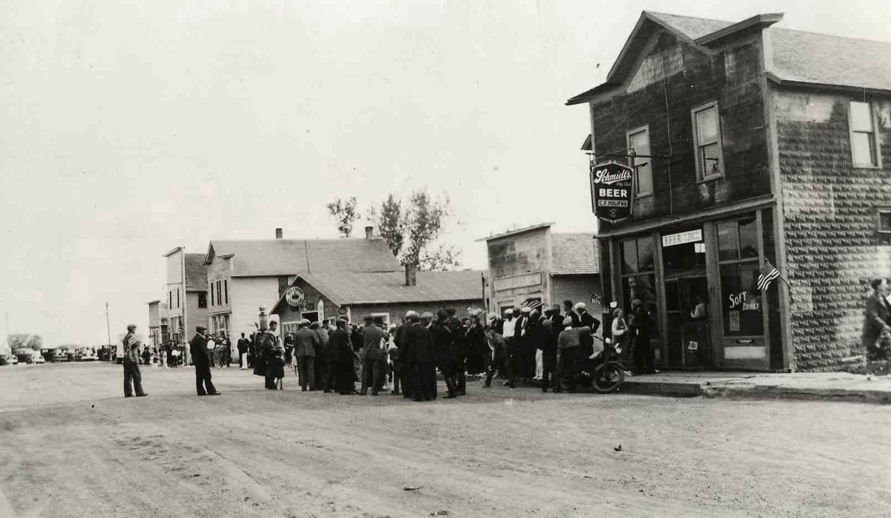
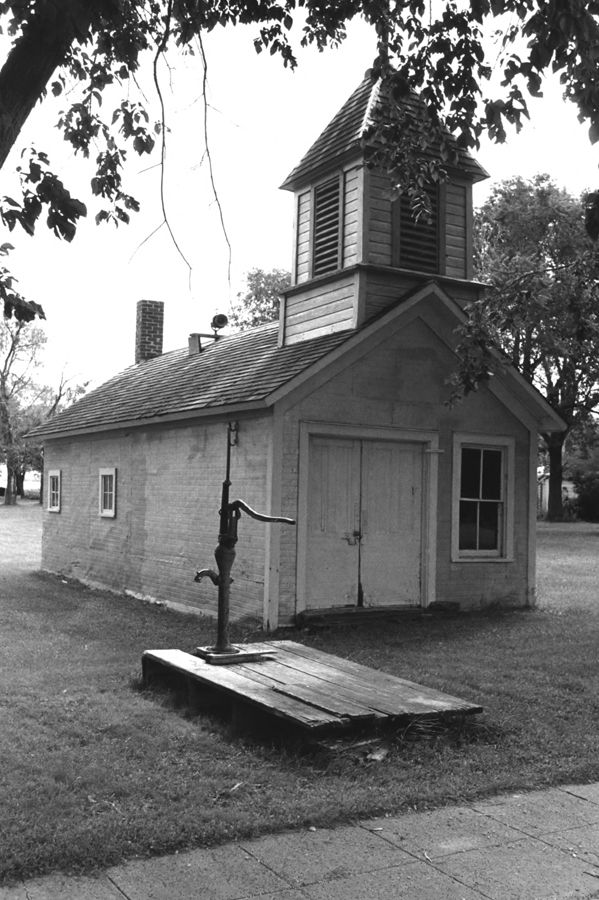
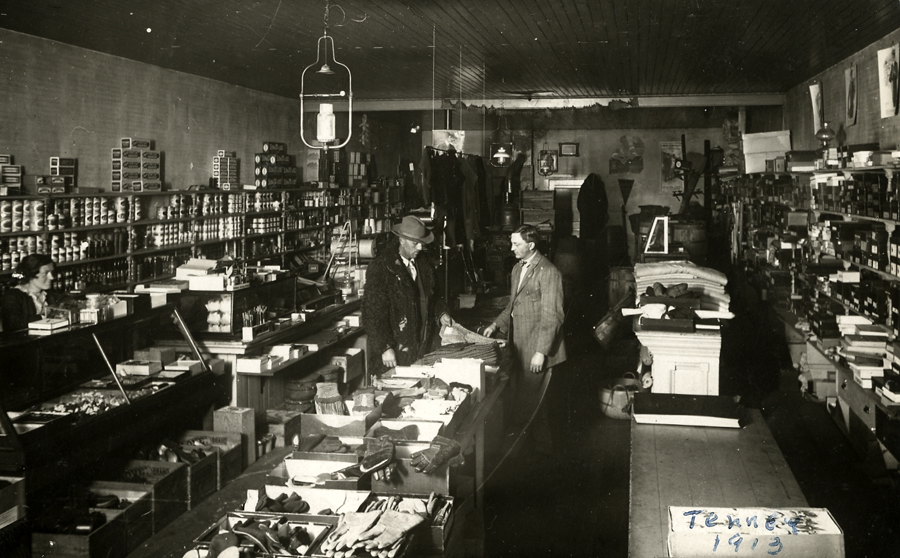
The most famous building in town was constructed in 1904. The diminutive fire hall was built next to the hardware store on Concord Avenue—Tenney’s main drag. The single-story building featured a large bell tower above the front gable of the building. The bell would ring loudly when a fire was spotted, and people from the town would converge there to organize the suppression effort. The building was built just large enough to house the town’s chemical engine. Situated on two wheels, the engine could be pulled to a fire by eight men. Another cart held 200-feet of three-inch hose that would be attached to the double stoked pump in a large well during fire emergencies. The pump at the well needed four men, two on each side, to operate it with a seesaw motion.
By 1916, the town council recognized the need to purchase an easier to use, hand-powered fire engine and made the purchase from the town’s coffers. The larger equipment needed more room in the fire hall, so the building was enlarged in 1918. The extra room at the rear of the fire hall was used as a jail. The Tenney fire hall would eventually be placed on the National Register of Historic Places.
By 1906, the town had grown to include a church, three grain elevators, a hardware store, two general stores, a butcher shop, bank, machine shop, farm implement store, a blacksmith, pool hall, lumber yard, and a hotel that also housed a barber shop, saloon, and the post office. A new brick school house was built in 1907. By 1910, the population reached its peak—two hundred people called Tenney home.
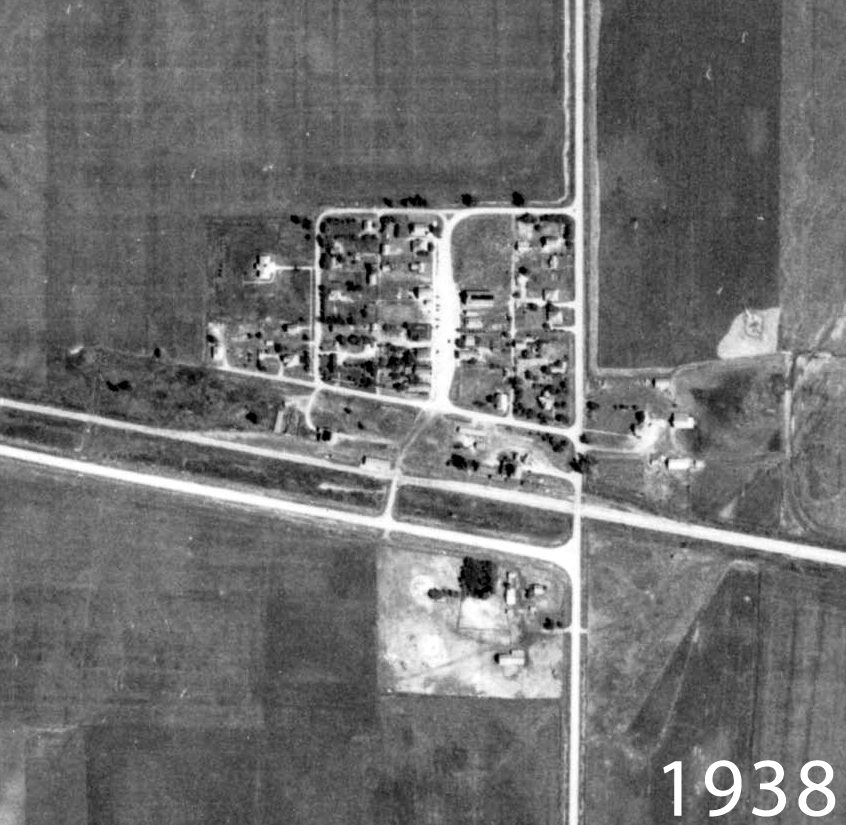
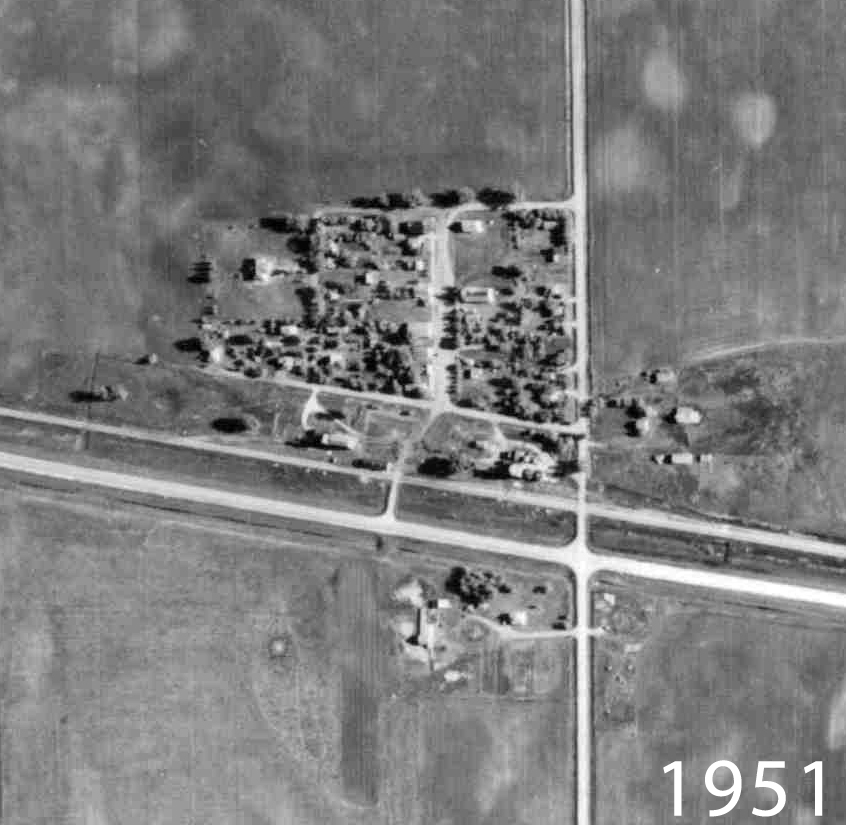
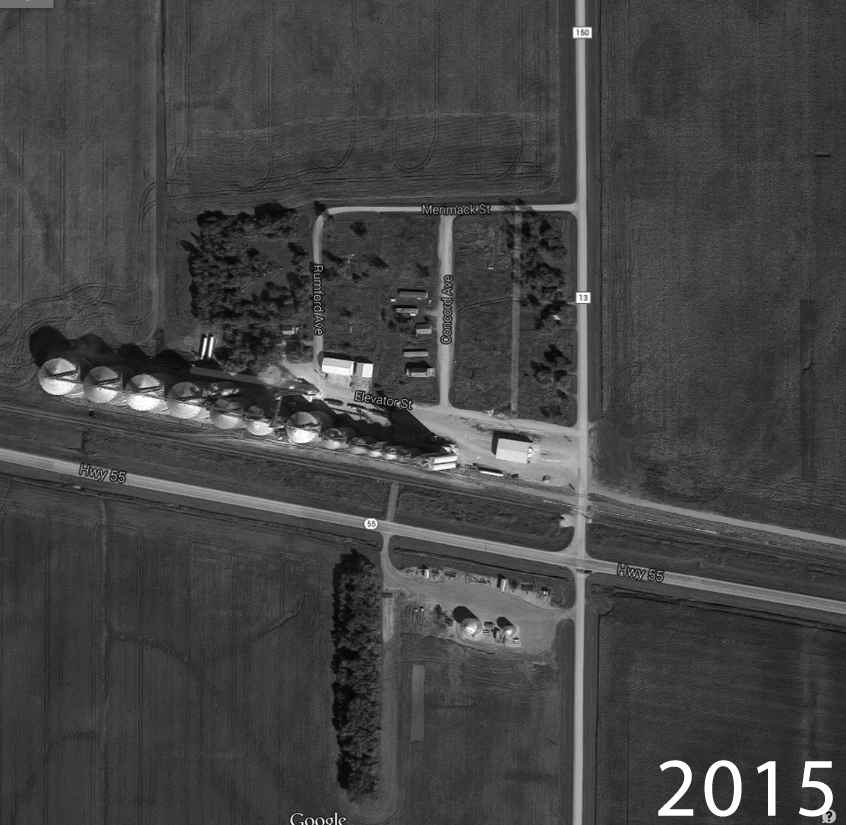
A large village hall was built in 1913 for a total of $3,500. It sat on a piece of land next to the fire hall, where the old hardware store had been before being demolished. It was nearly identical in design to the fire hall, but on a larger scale. Dances, Christmas programs, school performances, and town meetings were held in the building for more than fifty years.
In 1914, electricity was installed throughout the town. Tenney no longer needed to pay Marshall Bendt $10 per month to tend to the kerosene street lamps. Strangely enough, this was the beginning of the end for Tenney. The 1920s and 1930s saw a steep decline in population. One of the general stores, the bank, and the pool hall closed after the stock market crashed in 1929. Later, one of the three grain elevators burned down, along with the hardware store and hotel, which also included the saloon.
Between 1940 and 1980, Tenney averaged a population decline of 30%. Within that time, another hardware store was built and later demolished, and the post office moved into the remaining general store. The blacksmith, machine, and farm implement shops all closed and were incorporated into a new auto repair shop that opened in the 1940s. The school closed in the 1950s; local children were bused to a neighboring town for classes. Meanwhile, a resident purchased the former bank building and converted it into a pool hall. In addition, the general store, butcher shop, and lumber yard thrived in the small town for several years before eventually shuttering their doors.
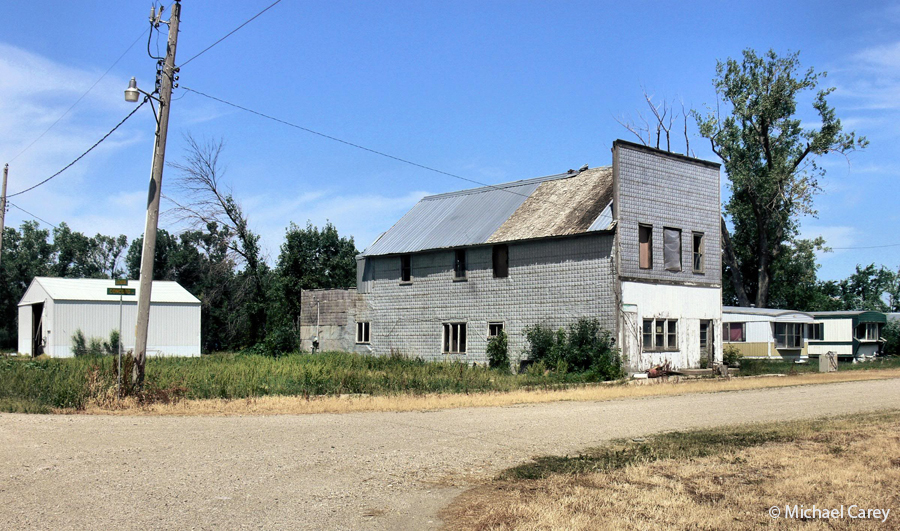
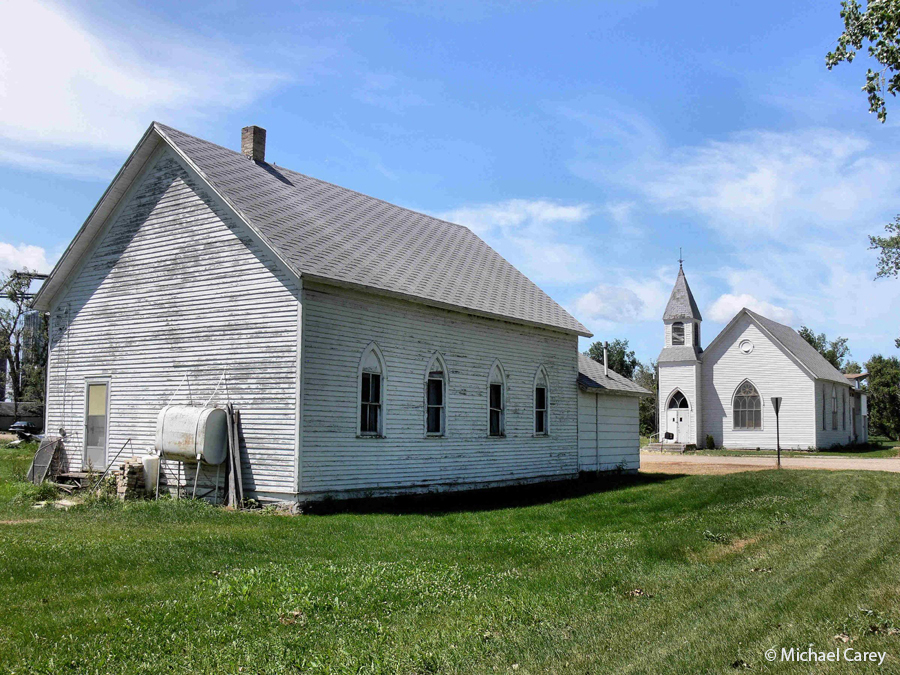
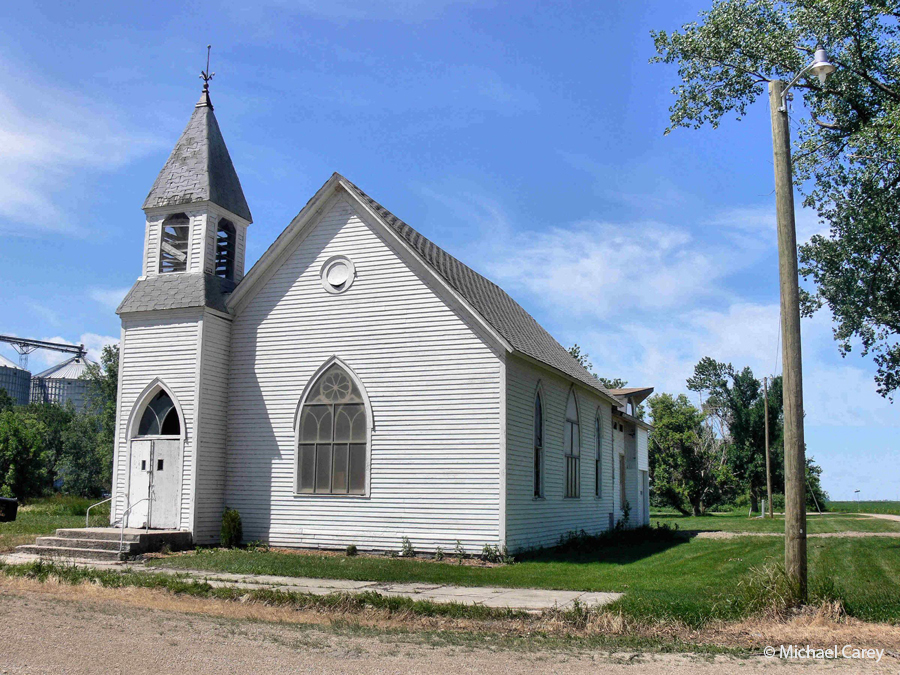

Between 1980 and 1990, the town lost 79% of its still-dwindling population—only four people lived in Tenney. The town hall and fire hall continued to be used until they deteriorated to the point of being unsafe. The two churches in town became municipal buildings—one became City Hall, the other was transformed into a community center. A few houses remained, too, but began to show signs of neglect. However, the grain elevators were the busiest they had ever been. They shipped as many as 32 million bushels per year.
In an attempt to revitalize Tenney, the community began looking for ways to attract new people to town. The historic fire hall still housed all of the original fire equipment from as far back as 1904. Residents considered turning the building into a fire hall museum, but it never panned out. Another idea to preserve the abandoned general store and turn it into a historic store and restaurant never came to pass either. Tenney’s location was just too remote to draw new residents.
Although the census showed slight growth by 2010, one family moved away later that year causing the population to bottom out at just three people. Another string of losses hit the buildings in town claiming the two churches and town hall. In 2008, a vandal crashed their vehicle into the historic fire hall, badly damaging the northwestern corner of the building. At the beginning of 2010, the fire hall was burned to the ground. Arson by one of the locals was suspected.
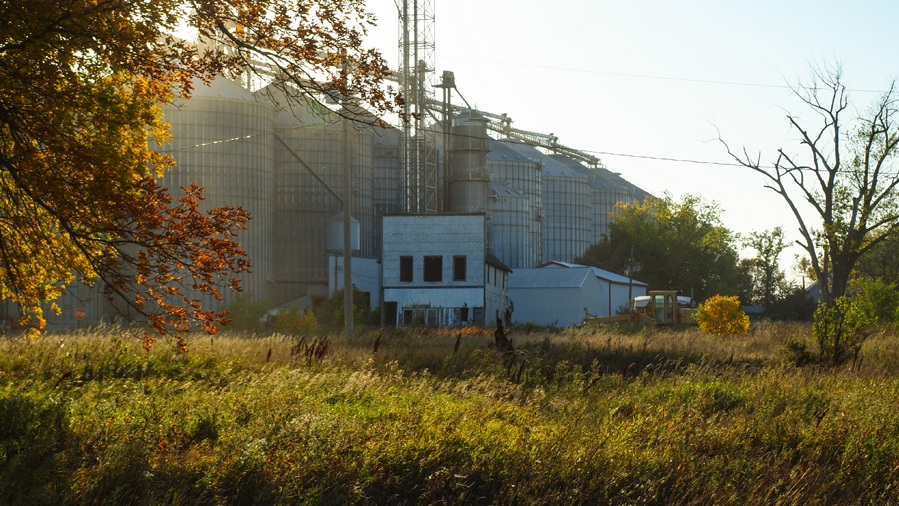
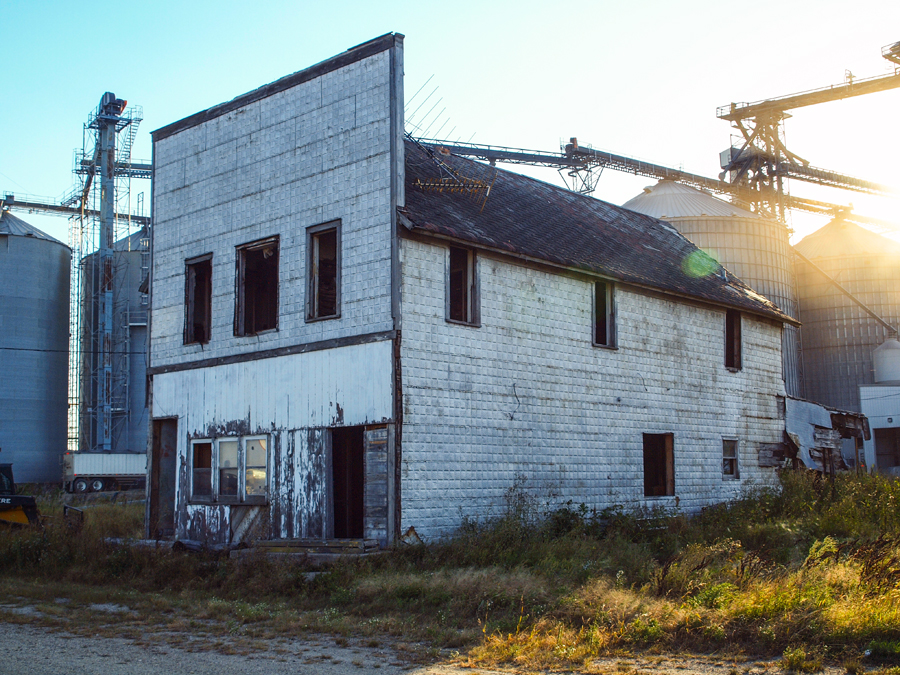
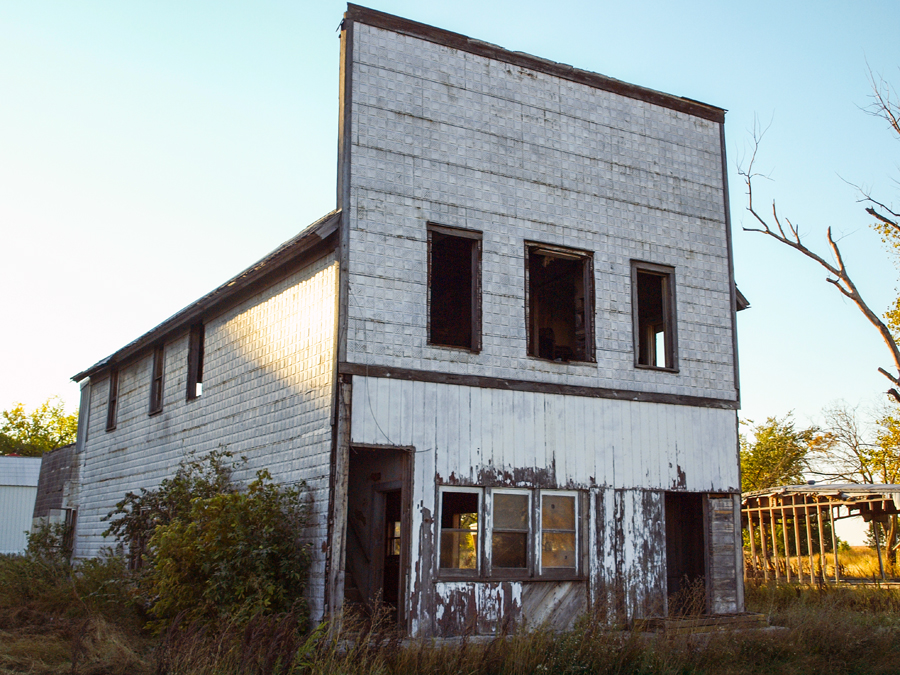
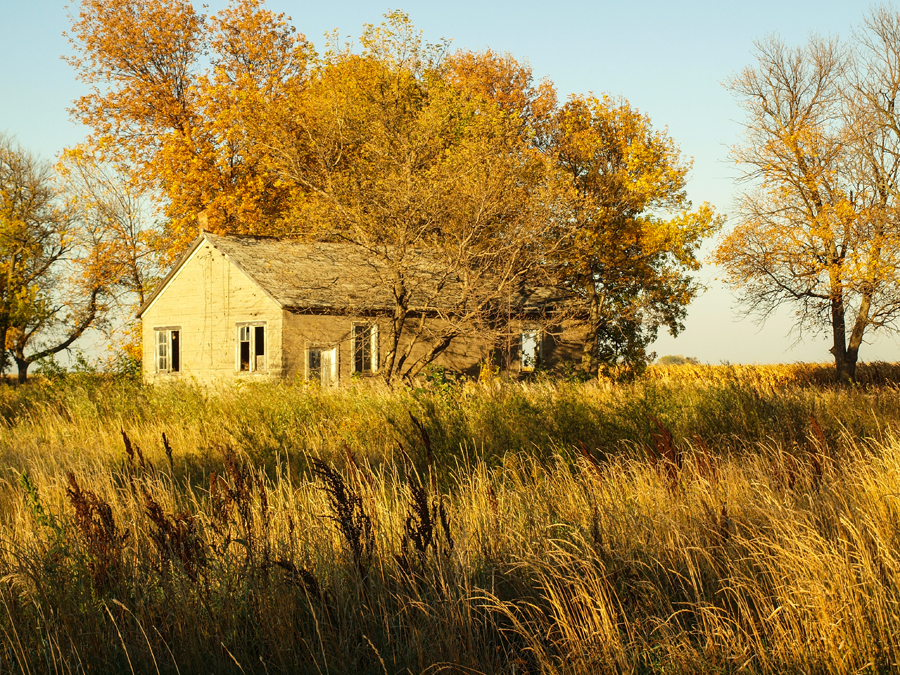
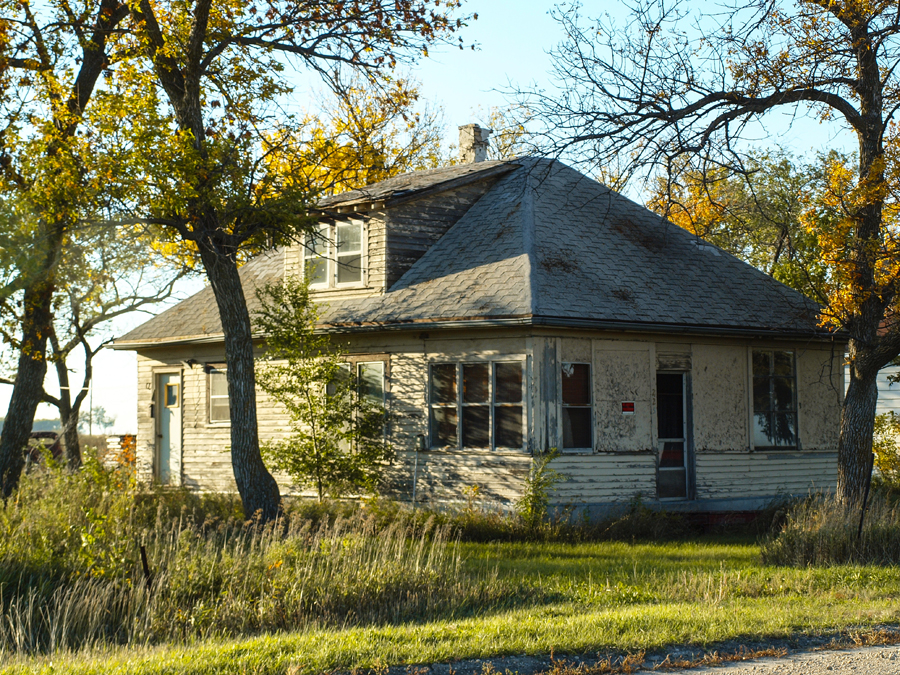
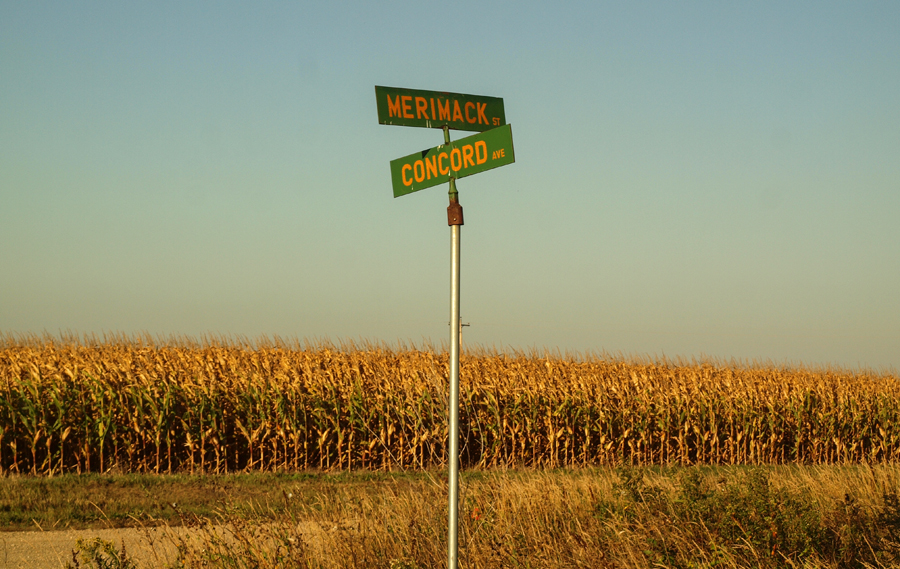
When I visited Tenney in October 2014, the only sign of life in the deserted town was at the grain elevator. Three dirt roads run through the town, but now hold only ghosts of buildings past. The first road merely has a couple of well-worn houses. The next, Concord Avenue, used to be the main thoroughfare in town. Now it is filled with empty lots, moldering buildings including the former general store and auto garage, and a couple of crumbling mobile homes moved there from another location. On the edge of town, Rumford Avenue has just one remaining home. These three roads will either lead you to the grain elevator on the south side of town or a field of corn to the north.
No matter how hard the residents of Tenney tried to keep the town independent, there simply wasn’t enough people to keep it running. In June 2011, the three residents of Tenney voted 2-1 to dissolve the town. The responsibility of Tenney fell into the lap of Campbell Township, located about two miles to the west. The demise of Tenney means that Funkley now holds the title of being the smallest town in the state. The population of Funkley currently stands at five.
